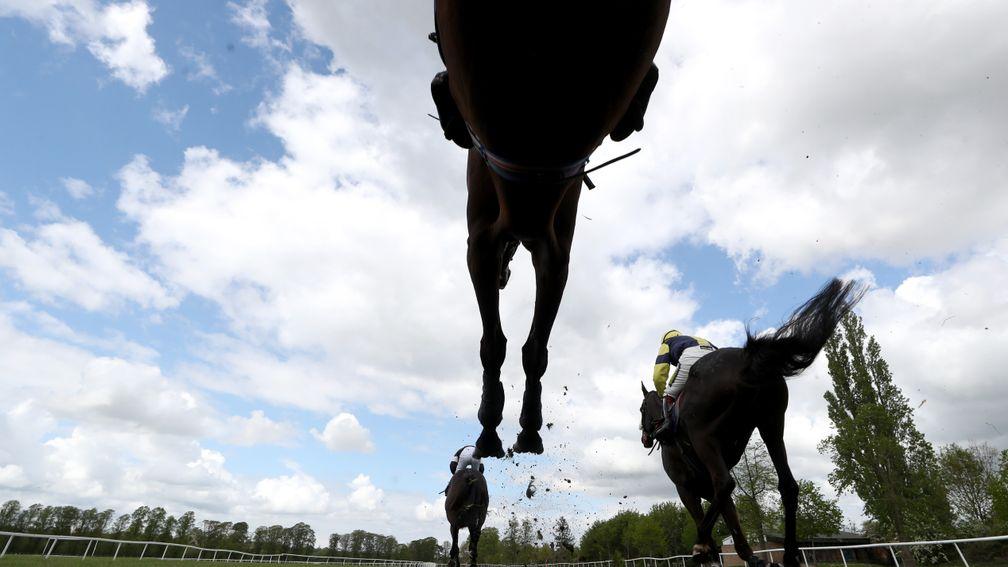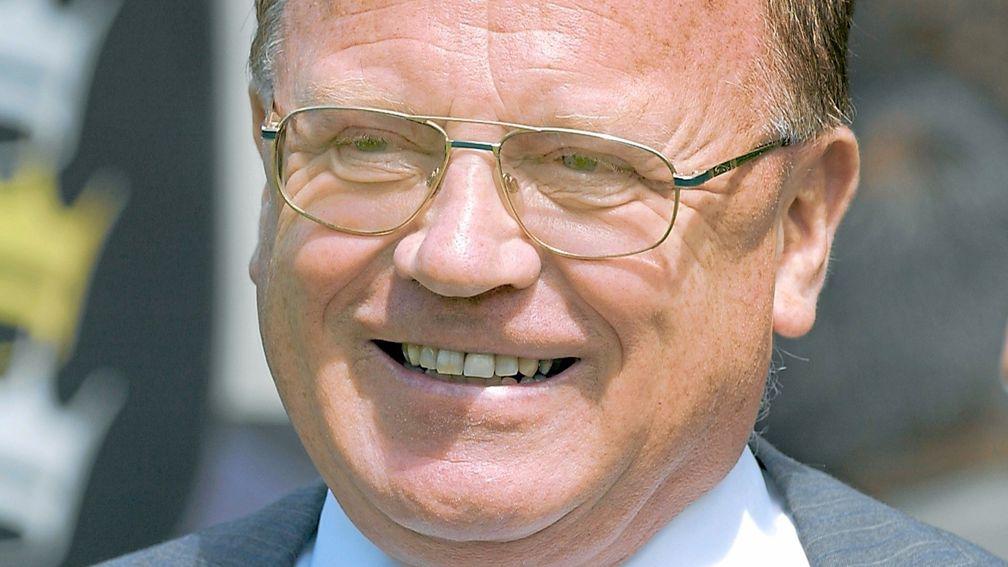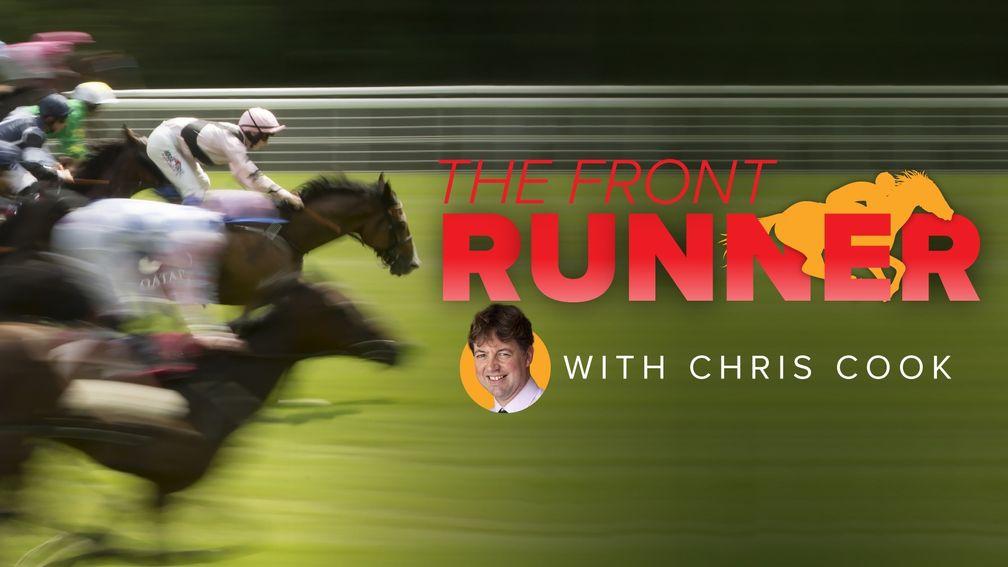Explainer: why are field sizes in British racing so low?

How bad have field sizes become?
Field sizes are at their lowest since BHA records began in 1995. The average in Britain this year has been 8.17, compared to 9.06 three years ago and more than ten back in 2000.
The drop has been most pronounced in jump races, which have attracted an average of 7.59 runners per contest this year, dropping to 6.6 for chases. On the Flat the 8.49 average breaks down across turf and all-weather at 8.42 and 8.61 respectively.
More than 20.5 per cent of races run in Britain this year have had five runners or fewer, up from 14.27 per cent in 2019.
Pony race has biggest Yarmouth field: Aug 5
How do they compare to fields in other countries?
Not well. The average field size on the Flat in Ireland for the first six months of 2022 was 11.9, while over jumps it was 12.3. By way of comparison, from January 1 to June 30 this year in Britain those numbers were 7.65 over jumps and 8.68 on the Flat.
In France the average in 2022 is 10.5, down slightly from 11.1 for the full year in 2021. That breaks down to 10.8 on the Flat and 9.7 over jumps, down from 11.3 and 10.2 respectively.
The figures from Australia for 2021 give the national average field size for all TAB Flat races at 9.7, while in Victoria – home of the Melbourne Cup – that number rises to 10.1.
What is causing field sizes to fall?
Poor prize-money, horses being sold to race abroad, flawed race programming and simply too many contests for the available horse population have all been put forward as reasons.
Britain's driest July since 1935, after a drier than average first six months of the year, has not helped. Horses have not been able to work on grass in Newmarket and Lambourn. This is less of an issue for older horses but is viewed by many trainers as a crucial step in the development of younger horses.
Read part one of our special report into the field sizes crisis (£)
Read part two of our special report into the field sizes crisis (£)
What are the consequences?
A less appealing product, both visually and in terms of betting. Eight runners are required for each-way bets to pay three places, and the average field size of 8.17 means that is not happening in almost half of all races staged. Smaller fields also typically mean more short-priced favourites, which can be another turn-off for the betting public.
The sport is partially funded by the levy, which contributed £97 million this year, and the size of the levy is determined by bookmaker profits on racing. The value of media rights deals between bookmakers and racecourses, an even more significant source of funding, is also linked to betting interest in the sport.
In short, therefore, less betting on racing means less income for the sport, which means likely cuts to prize-money, which would result in even more horses being sold to race abroad, fewer horses for the racing programme and even more of a squeeze on trainers and owners.
Summer jumps turnover poor: July 9
It should be stressed that there is only anecdotal evidence of a drop off in betting turnover so far, and even if it is happening it would be impossible to say to what degree it is linked to small fields, when the cost of living crisis and affordability checks are also impacting customers.
One other area of racing's finances that is under pressure is attendances, which have fallen sharply from pre-Covid levels. Again, a number of factors are contributing to that, but uncompetitive racing is unlikely to be helping the situation.
Will field sizes improve in the next few months?
The only contributing factor that is reasonably likely to change soon is the weather, but more rainfall will probably only bring moderate improvement. Last winter's field sizes were far from healthy and jump racing is struggling more than the Flat. Poor field sizes have been a problem in Britain for more than a year now.
What can be done to improve field sizes?
Unfortunately, it's not an easy problem to solve.

Former BHB chairman Peter Savill, supported by several major racecourses, has called for a reduction in the number of races for horses rated between 80 to 100, where field sizes are smaller than average.
Fewer jumps fixtures in the summer, or an extended summer jumps break, has been suggested by several prominent trainers.
Better prize-money would boost all sectors of the sport and potentially result in fewer horses being sold to race abroad, boosting field sizes. It would also make the sport more attractive to owners.
But better prize-money will either require a growth in betting revenue for a greater levy and media rights yield, or a total rethink of racing's entire funding mechanism.
And even if significant changes to the fixture list can be agreed they would not take effect until 2024, while a much-heralded industry strategy project is proceeding at glacial pace, with a kick-off meeting scheduled for mid-September.
In short, it seems likely that things are going to get worse before they get better.
'It needs to change now' - more pressure for fixture reduction from top trainers
Read more on the field sizes debate:
July slump: jumps break called for: Aug 1
RCA hold talks with courses over summer jumping: July 26

The Front Runner is our latest email newsletter available exclusively to Members' Club Ultimate subscribers. Chris Cook, a four-time Racing Reporter of the Year award winner, provides his take on the day's biggest stories and tips for the upcoming racing every morning from Monday to Friday. Not a Members' Club Ultimate subscriber? Click here to join today and also receive our Ultimate Daily emails plus our full range of fantastic website and newspaper content
Published on inNews
Last updated
- Join Racing Post Members' Club for the very best in racing journalism - including Patrick Mullins' unmissable trip to see Gordon Elliott
- Join the same team as Ryan Moore, Harry Cobden and other top jockeys with 50% off Racing Post Members' Club
- Racing Post Members' Club: 50% off your first three months
- 'It’s really exciting we can connect Wentworth's story to Stubbs' - last chance to catch master painter's homecoming
- The jumps season is getting into full swing - and now is the perfect time to join Racing Post Members' Club with 50% off
- Join Racing Post Members' Club for the very best in racing journalism - including Patrick Mullins' unmissable trip to see Gordon Elliott
- Join the same team as Ryan Moore, Harry Cobden and other top jockeys with 50% off Racing Post Members' Club
- Racing Post Members' Club: 50% off your first three months
- 'It’s really exciting we can connect Wentworth's story to Stubbs' - last chance to catch master painter's homecoming
- The jumps season is getting into full swing - and now is the perfect time to join Racing Post Members' Club with 50% off